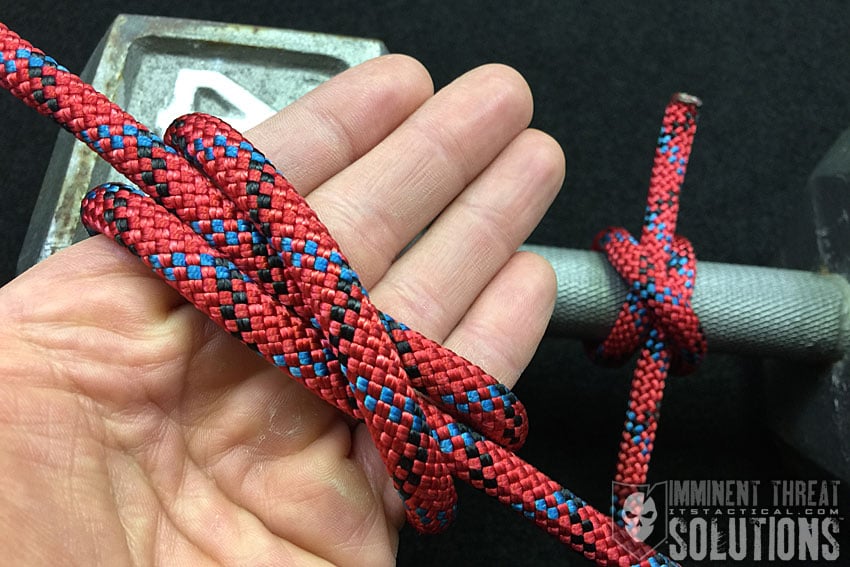
The Clove Hitch is an essential knot in my book and one we’ll be taking a look at today in our continuation of Hitches on the Knot of the Week in HD. Most often used to secure a line to a post, something that’s always helped me remember the usage for this knot has been thinking of it the way it was used by those tying up horses to posts.
Clove Hitch » Hitches
(Strength: 4/Security: 2/Stability: 4/Difficulty: 3) See below for what these ratings mean.
While the Clove Hitch won’t bind, it can fail under heavy load and I’d caution you not to use if for any lifesaving applications like climbing. Many climbers utilize Clove Hitches for temporary tie-ins on anchors, but I emphasize the “temporary” there. I personally won’t depend on a Clove Hitch to save my life and won’t use it to anchor myself in.
Another way to think about the Clove Hitch is that it can be used as a brake or check on an object to keep it from getting out of control. In the video above, I’ve demonstrated an alternative tying method if you encounter a vertical dock post. Additionally, I demonstrate how to check if you’ve tied this correctly, which is also an easy way to remove the hitch.
Ratings
Strength/Security/Stability/Difficulty
Each knot will be assigned a rating from 1-5 (1 representing the lowest score) based on the following four properties:
Strength – All knots will weaken the strength of a rope, however, there are knots that are stronger than others. The scale here will reflect how strong the rope remains with the specified knot.
Security – The security scale refers to how well the knot will stay tied, and resist coming loose under a normal load.
Stability – Stability refers to how easily the knot will come untied under an abnormal load (i.e. the knot being pulled in a direction it was not intended to) A lower score here represents instability.
Difficulty – The lower the number, the easier a knot is to tie.